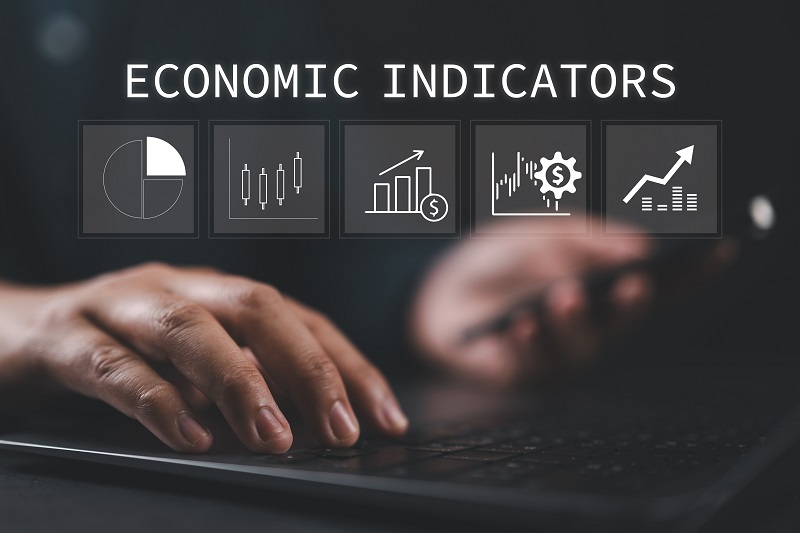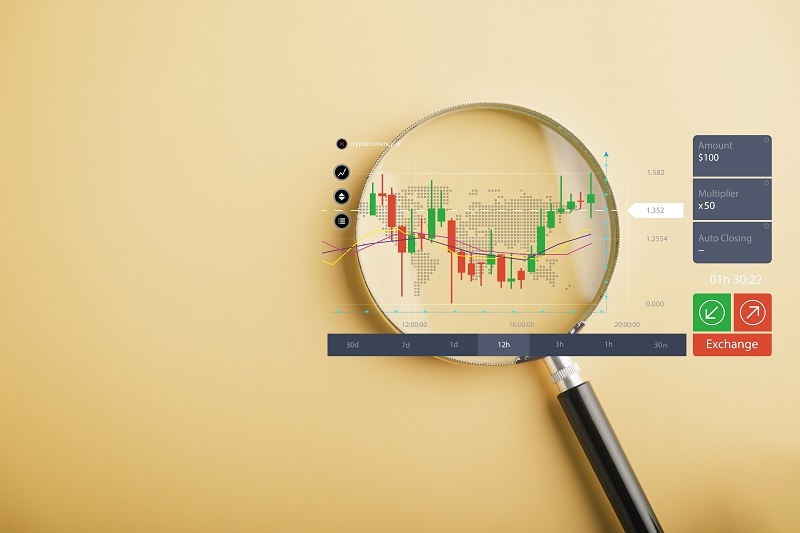
Understanding the economy can seem tough at first. You always hear words like GDP, inflation, and unemployment, but what do they really mean? How do they change your money, investments, and choices?
If you invest, run a business, or want to make smart money choices, watching the important signs of the economy is key. These numbers and reports show you where the economy might be going, how good it is, and what changes could come. Let’s explore some important economic indicators.
They're data or stats that show how well a country’s economy is doing. Government groups and trusted organizations gather and share these numbers.
They show people in charge, investors, and regular people:
Knowing how to read U.S. economic reports can help you make better calls—like changing your investments, changing your budget, or getting ready for interest rate changes.
They're like a report card for the country. Good numbers mean the economy is likely doing well. Bad numbers can mean trouble is coming.
They matter because:
Let’s check out some of the most important economic signs in the U.S. and what they mean.
Here are some economic indicators that affect the stock market:
GDP means Gross Domestic Product. It’s how much all goods and services made in a country are worth over a certain time, like a quarter or a year.
If GDP is growing, the economy is usually growing too. If GDP is falling, that can mean a slowdown or even a recession. This is one of the most watched economic signs that affect the stock market because it shows a wide view of the economy's health.
Why does GDP matter:
For example, if GDP growth is higher than expected, the stock market might go up because investors expect higher profits. If it’s lower than guessed, the market could fall.
Inflation is when the cost of goods and services rises over time. It changes how much you can buy—when inflation is high, your money doesn’t go as far.
Inflation is measured with things like the Consumer Price Index (CPI) or the Producer Price Index (PPI). These reports come out each month and can change everything from interest rates to wages.
Why does inflation matter:
Knowing GDP, inflation, and unemployment together is important. If inflation rises while GDP slows, that could mean stagflation—rising prices and low growth, which is not good.
The Federal Reserve watches inflation closely. If it gets too high, they might raise interest rates, which can slow down the economy but also change the stock market and loan rates.
The unemployment rate is the percent of people looking for work but can’t find jobs. It’s one of the clearest economic signs for how good the job market is.
This data comes out each month in the U.S. Department of Labor’s employment report. With the unemployment rate, the report has info on job growth, average wages, and how many hours people are working.
Why does unemployment matter:
Like with inflation and GDP, knowing GDP, inflation, and unemployment together shows a clearer picture. For example, low unemployment and good GDP growth often mean a good economy—but if inflation is rising fast too, the Federal Reserve might step in to slow things down.
The Consumer Confidence Index shows how people feel about the economy, whether they're optimistic or pessimistic. It's based on surveys where people are asked about their current financial situation and what they expect in the future.
Why does it matter
This is just one thing that affects the stock market, especially for companies that rely on people spending money. If people are worried, they probably won’t buy big things or invest.

This report comes out every month and tells us how much people spend on things like clothes, food, electronics, and more. It shows how strong the economy is and what people want.
Why does it matter:
Retail sales are a big part of how people act as consumers, and that drives most of the economic activity in the U.S.
The Federal Reserve's decisions about interest rates are closely linked to other important economic signs.
The Fed changes interest rates depending on how the economy is doing. If prices are rising too fast, they might raise rates. If the economy is slowing down, they might lower rates to make it easier for people to borrow and spend money.
Why does it matter:
Many things influence interest rates. So, understanding how to read economic reports is important when trying to guess what the Fed will do.
It helps to know the difference between these two.
Leading indicators guess where the economy is headed. Examples:
Lagging indicators show what has already happened. Examples:
Both kinds of indicators help investors and decision-makers plan. If you put them together, you get a clearer picture of the economy.
Turning complicated reports into useful information:
There are many economic indicators that impact the stock market. Investors use them to predict the performance of companies, the consumption behavior of people, and the future of interest rates.
Here are a couple of examples:
If jobs are up, the stock may go up (unless it causes fear of rising prices). If people aren't confident, stores can suffer. If the economy drops unexpectedly, the market might drop.
Understanding these indicators doesn’t promise success in the stock market, but it helps a lot. Also, it helps you see the big picture, ignore the noise, and make confident decisions.
Identifying which economic indicators to follow can help you know what is happening and what could happen. From the economy, rising prices, and losing jobs to people's behavior and interest rates, these indicators matter to anyone interested in money, investing, or financial planning.
The main thing is not just knowing the figures, but knowing what they mean. With practice, you’ll get better at spotting patterns and guessing what's coming before it's announced.
This content was created by AI